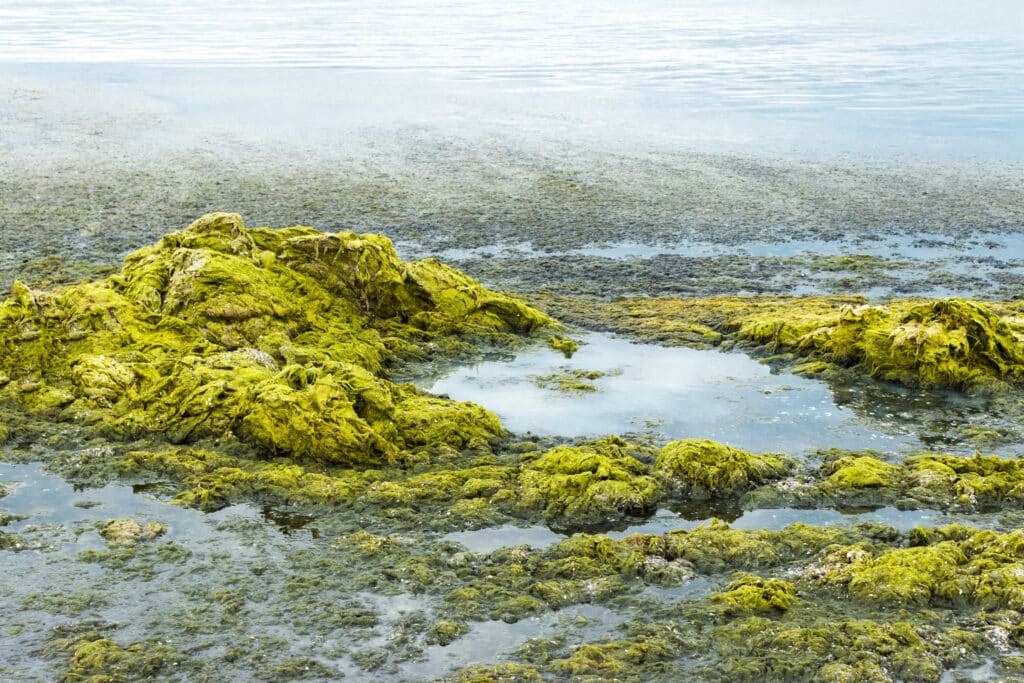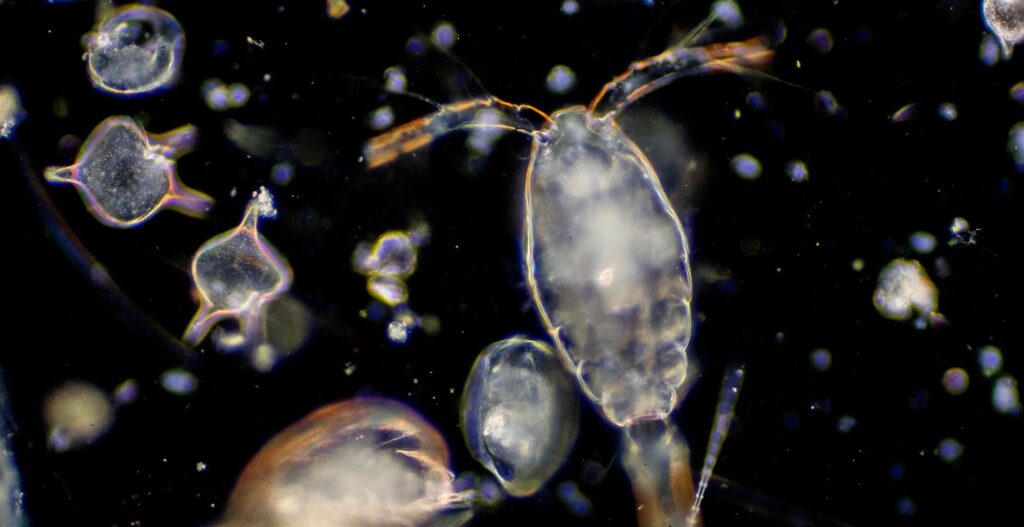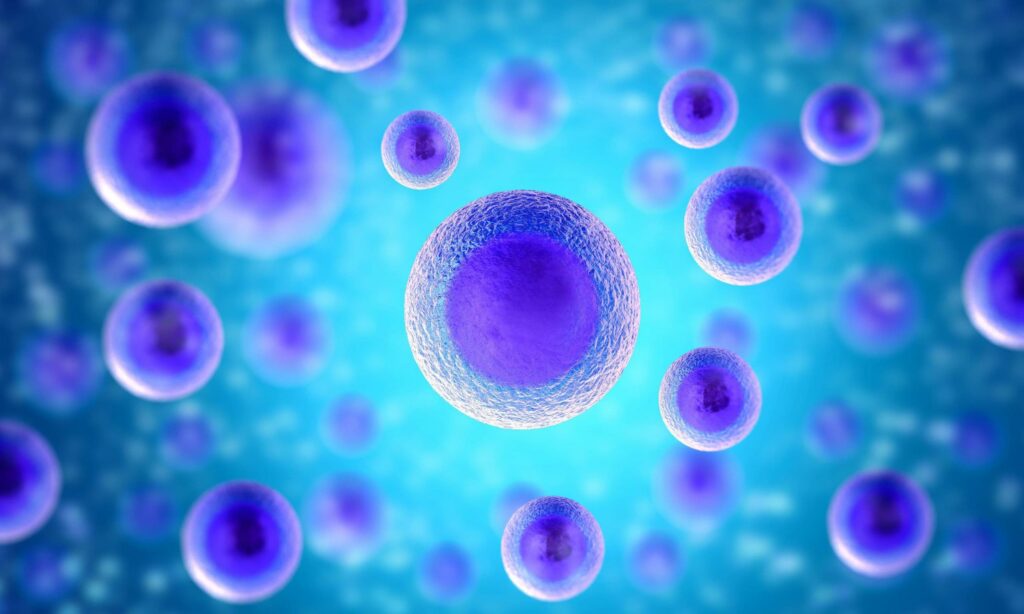The growing problem of climate change, especially global warming, is among the most pressing challenges of our time. Preserving ecosystems is essential to combat these changes and protect the planet. One promising approach is leveraging blue carbon, which represents the carbon stored in coastal and marine ecosystems.
What is Blue Carbon?
Blue carbon refers to the carbon stored in coastal blue carbon ecosystems such as salt marshes, seagrasses, and mangroves. These ecosystems act as vital carbon sinks, sequestering large amounts of carbon dioxide from the atmosphere.
Unfortunately, these ecosystems have been disappearing at an alarming rate. Over the past several decades, an estimated one-third of global coastal blue carbon ecosystems have been lost. This destruction has dire consequences, releasing between 0.15 and 1.02 billion tons of carbon into the atmosphere annually, thereby contributing to climate change.
The Role of Blue Carbon Ecosystems
Coastal blue carbon ecosystems are invaluable not only for sequestering carbon but also for their role in maintaining biodiversity and supporting human wellbeing. However, their degradation turns them from carbon sinks into carbon sources, intensifying global warming and disrupting marine life.
The Impact of Global Warming on Marine Ecosystems
One example of how global warming affects ecosystems is the rapid growth of green seaweed Ulva, especially in coastal regions. For instance, Ulva prolifera (U. prolifera) has become the dominant species in the Yellow Sea in China, creating trans-regional disasters through macroalgal blooms known as green tides.
Key Factors Influencing Ulva Growth
The proliferation of U. prolifera typically begins in the southern Yellow Sea during mid-April to early May, with seawater temperature identified as a crucial factor. At the end of green tides (mid-July to early August), massive fronds of U. prolifera sink to the seabed or remain suspended at varying depths, where they gradually decompose.

Image Credits: 123RF / Sosiukin
Environmental Consequences of Green Tides
The decomposition of U. prolifera has profound effects on coastal ecosystems:
- Oxygen depletion: Microorganisms breaking down the fronds consume large amounts of oxygen, leading to low-oxygen or hypoxic conditions.
- Marine life deaths: Hypoxia can result in the mass death of marine organisms, particularly in aquaculture zones.
- Carbon source creation: Coastal waters become carbon sources as large amounts of CO2 dissolve into seawater during decomposition. However, this process also contributes to the long-term accumulation of organic carbon, aiding oceanic carbon sequestration.
Exploring the Positive Potential of U. prolifera
Despite its detrimental environmental impact, U. prolifera’s rapid growth offers opportunities for positive applications, including its use in biofuels and bioremediation.
Advancing Research on U. prolifera with Genome Editing
The research group led by Kensuke Ichihara (Phycological Research, 2022) has been investigating the genomic functions of U. prolifera. Genome editing techniques, particularly the CRISPR-Cas9 system, have been instrumental in uncovering the genetic mechanisms behind U. prolifera’s proliferation.
Genome editing is a powerful tool to understand gene function by causing a specific mutation on the target gene and was used by Kensuke Ichihara et al. The clustered regularly interspaced short palindromic repeats (CRISPR)-Cas9 system is a simple genome-editing system based on bacterial immunity. The delivery of gene-editing materials like CRISPR-Cas9 can be performed by our Single Cellome™ Unit SU10. The genome-editing methods can broaden the scope of functional genomic studies of Ulva.
Please visit our website for more information: https://www.yokogawa.com/eu/solutions/products-and-services/life-science/single-cellome/su10/




